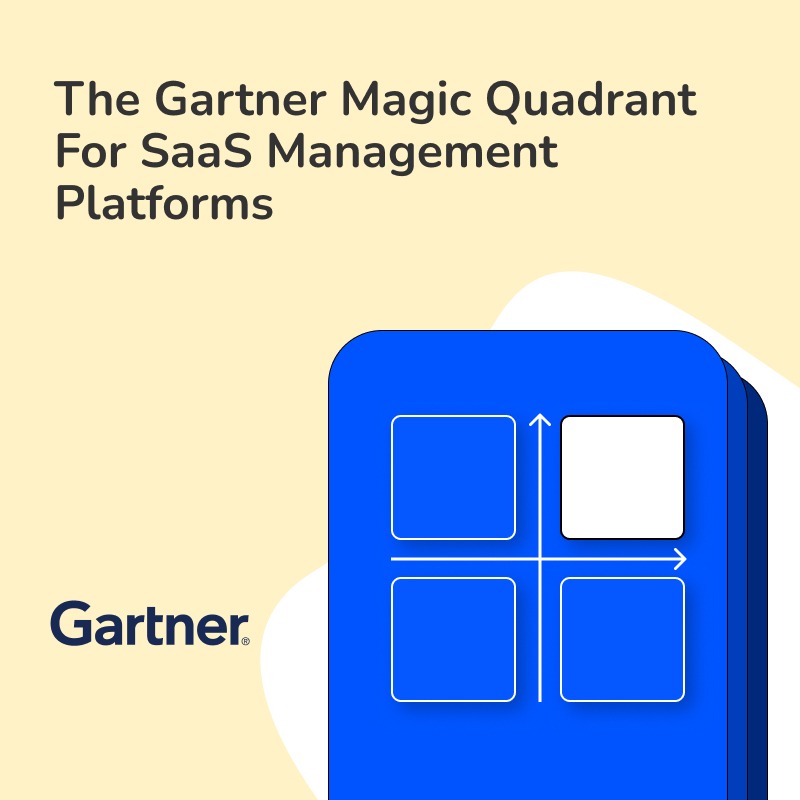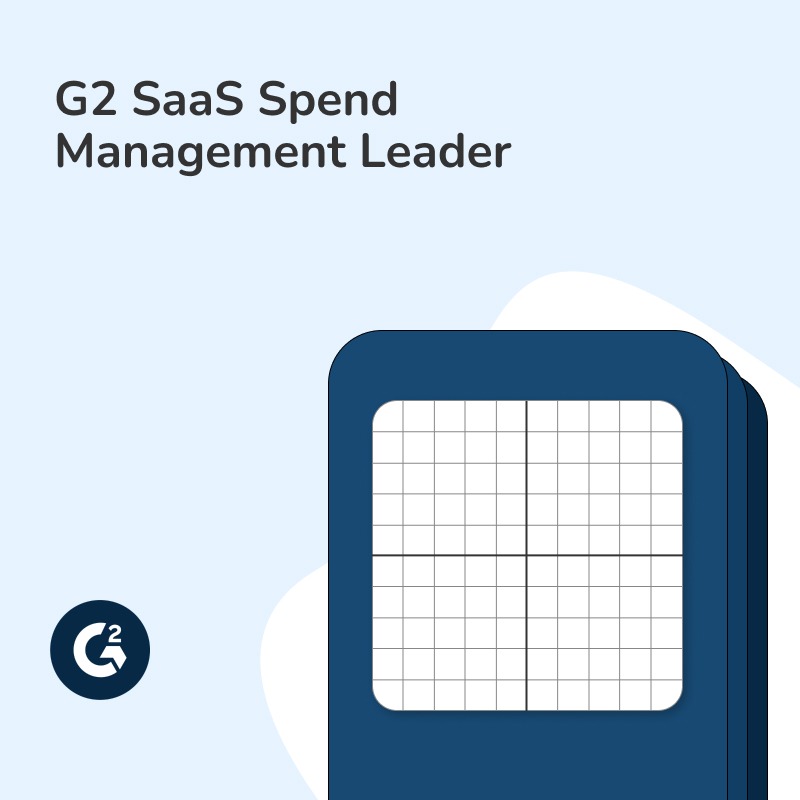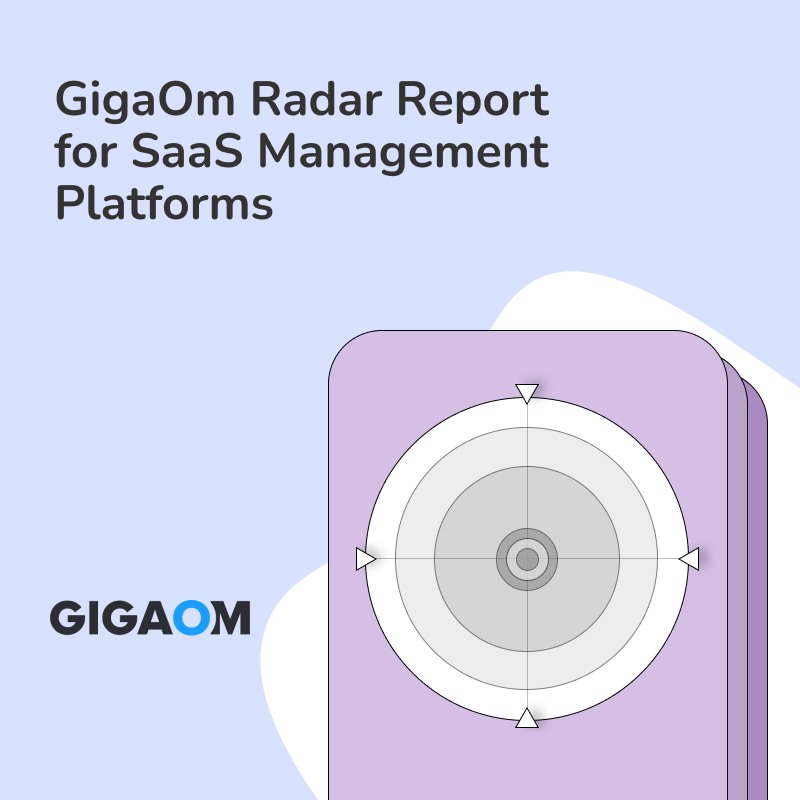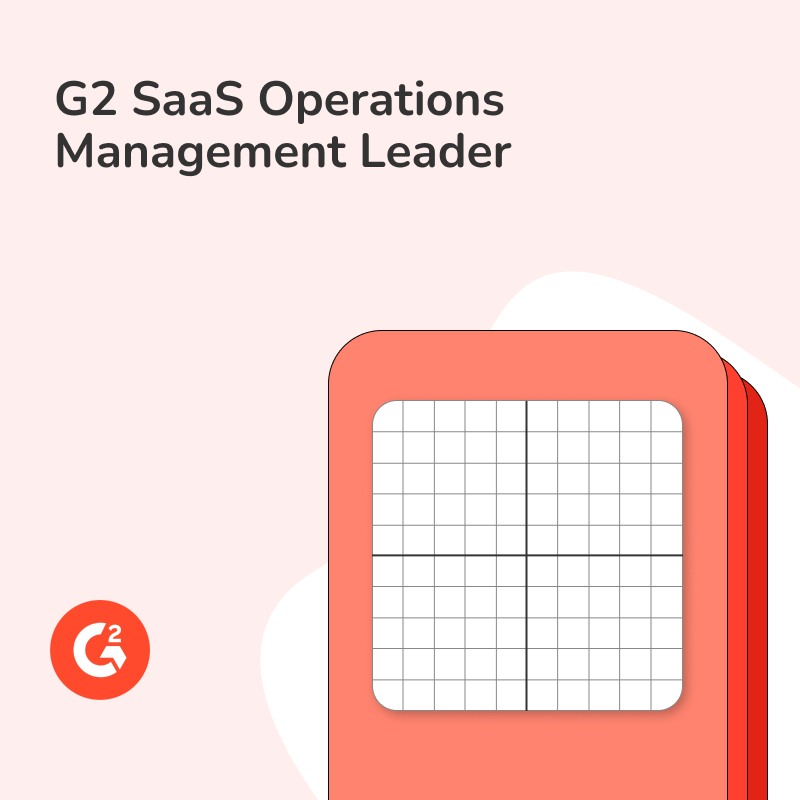How many times have you found yourself juggling countless applications while trying to keep your IT resources running like a well-oiled machine? It’s no secret that managing IT resources amidst a sea of applications can be overwhelming. Believe me, I get it—navigating this complex landscape often feels like trying to herd cats. But don’t worry; I’m here to help you cut through the noise. In this article, we’ll break down how an Applications Manager can optimize IT resources efficiently and effectively. And if by the end, you’re craving more insights into Application Lifecycle Automation, head on over to Torii to dive deeper. Stay with me, and let’s demystify this challenge together.
An Applications Manager plays a crucial role in optimizing IT resources within an organization. Their primary goal is to align software applications with business processes to boost efficiency. But how do they achieve this?
Evaluation and Alignment
First, they start with a thorough evaluation of business processes. What’s working well? What needs improvement? By answering these questions, they can pinpoint areas where software applications can make a real difference. Next, the Applications Manager manages the full lifecycle of applications. This includes installing new software, performing updates, and troubleshooting issues. These ongoing tasks ensure that applications run smoothly and meet the organization’s evolving needs.
Alignment with Business Goals
Do you know the importance of aligning software with business goals? This alignment is key. An effective Applications Manager ensures that every piece of software serves a specific purpose that supports the company’s objectives. They carefully select and maintain applications that improve workflow, reduce wasted effort, and enhance productivity. By doing so, they maximize the utility of IT resources.
Stay Informed and Solve Issues
But it doesn’t stop there. An Applications Manager also stays up-to-date with the latest software developments. Why is this important? It allows them to recommend timely upgrades and new applications that can give the organization a competitive edge. They also resolve any issues that arise promptly, ensuring minimal downtime and disruption.
Protocol Development
Another significant consideration is the development and oversight of protocols for introducing new applications. Proper planning and seamless integration are vital. This includes preparing the team for changes and ensuring everyone knows how to use the new tools effectively. Clear protocols help avoid confusion and resistance, making transitions smoother.
In summary, optimizing IT resources isn’t a one-time task; it’s a continuous process. An Applications Manager evaluates, aligns, manages, and updates applications to support business goals. They stay informed about new developments and ensure smooth implementation of new software. Through this multifaceted approach, they enhance productivity and ensure that IT resources are used efficiently.
Best Practices for Optimizing IT Resources
Optimizing IT resources is an intricate endeavor that requires a strategic approach. Below are some of the best practices an Applications Manager can adopt to streamline this process effectively:
- Conduct Regular Audits and Evaluations
- Periodically review all installed applications to ensure they are meeting current business needs. Conduct an IT resource audit to identify underutilized or redundant software.
- Evaluate application performance metrics to gauge effectiveness and identify areas for improvement.
- Adopt a SaaS Management Platform (SMP)
- Implementing an SMP can vastly improve visibility and control over your software ecosystem. It helps in tracking usage, managing licenses, and ensuring compliance.
- For more information on adopting a robust SMP, visit Torii’s website at toriihq.com.
- Align IT and Business Goals
- Ensure every application in your portfolio directly contributes to achieving strategic business objectives. Collaborate closely with different departments to understand their needs and how software can serve them better.
- Regularly update and communicate IT strategies to align with evolving business goals.
- Leverage Automation
- Utilize automation tools for repetitive tasks such as regular updates, backups, and monitoring. Automation reduces the risk of human error and frees up your team to focus on more complex tasks.
- Implement automated workflows to streamline the onboarding and offboarding processes, ensuring all necessary applications are promptly assigned or deactivated.
- Foster a Culture of Continuous Improvement
- Encourage a mindset of continuous improvement within your IT team. Regularly seek feedback from users and conduct training programs to upskill your team on new technologies and best practices.
- Implement a feedback loop to quickly address any issues or suggestions for improvement.
- Ensure Robust Security and Compliance
- Stay ahead of data protection regulations by ensuring all applications comply with relevant security standards. Regularly update your security protocols and conduct compliance audits.
- Educate your team about potential security risks and conduct regular training sessions on best practices for data protection.
- Optimize Resource Allocation
- Prioritize resources for high-impact projects that contribute significantly to business objectives. Use data analytics to make informed decisions about resource allocation.
- Balance resource distribution to ensure critical operations run smoothly without overburdening your IT team.
- Plan for Scalability
- Design your IT infrastructure with scalability in mind. Ensure that your software solutions can grow with your business without causing significant disruptions or requiring large-scale overhauls.
- Regularly review and adjust capacity planning to accommodate future growth and technological advancements.
- Enhance Vendor Management
- Maintain strong relationships with software vendors to negotiate better deals and gain insights into upcoming features or upgrades. This helps in timely planning and budget management.
- Conduct vendor performance reviews to ensure they meet your expectations and deliver value.
By following these best practices, an Applications Manager can significantly optimize IT resources, ensuring they are used efficiently to drive organizational success. The continuous evolution and adaptation of these practices will help in maintaining a robust and agile IT framework.
In our next section, we’ll delve deeper into case studies and real-world applications of these best practices in action.






